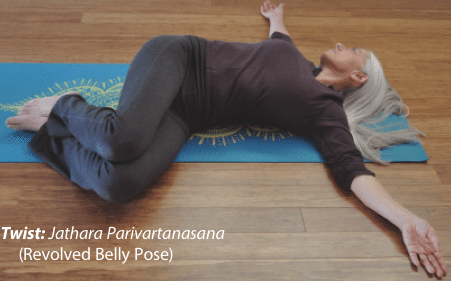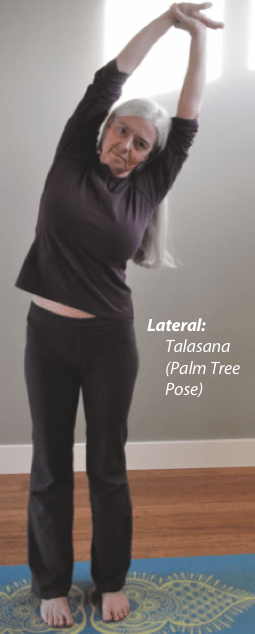Stemming the latest epidemic.
—by Charlotte Bell
We’ve all seen it. Chances are if you have a smart phone you’ve done it, maybe a whole lot. That is, you bend your head forward to text, surf, shop, socialize, whatever, on your smart phone.
Other than the possibility of running into things while you simultaneously walk and stare at your phone, or the possibility of causing a car accident, it doesn’t seem to be too dangerous, right? Think again. The simple act of staring at your phone is probably contributing to present or future neck problems.
In fact, Text Neck is a bona fide syndrome. Google it. Articles from WebMD and The Washington Post can give you more details.
When your spine is in a neutral position with your head resting atop your neck, your head weighs 10-12 pounds. Our spines are designed to bear this weight, no problem. For every 10 degrees you flex your neck forward, your head exerts more weight on your neck. At a 60-degree angle, the farthest your neck can flex forward, your head exerts 60 pounds of force on the cervical spine. The effect of the constant weight on the delicate cervical vertebrae can, over time, reverse the curve or your cervical spine, causing pain and disc dysfunction.
In addition, most people hunch their shoulders forward while they’re looking at their phones. This increases the kyphosis (convex curve) in your thoracic spine, increasing the possibility of developing a slumped posture, which will aggravate your neck problems even further. In addition, habitual hunching cuts off your access to the upper lobes of your lungs and can decrease your lung capacity up to 30%.
Yoga has a remedy!
Mobilizing your thoracic spine in directions other than flexion (bending forward) can help alleviate text neck. The thoracic spine’s facet joints (the joints that connect the vertebrae with each other) are designed to allow easy flexion, rotation and lateral bending. The thoracic spine is designed for only a minimal degree of extension (back bending).
For your anti-Text Neck practice, I’d suggest beginning with some twists and lateral bends since they are easy ways to mobilize your thoracic spine and therefore, your cervical spine. This will make whatever degree of back bending is possible for you much easier.
Many yoga poses can help reverse the effects of Text Neck; I’ll share three of my favorites:
Lateral: Talasana (Palm Tree Pose)
Stand with your feet hips-width apart. Raise your arms toward the sky. Grab your right wrist with your left hand and stretch to the left. Move around if you like. Breathe and relax. Switch sides. This is a great pose to do periodically when you’re sitting at a computer for long stretches.
 Twist: Jathara Parivartanasana (Revolved Belly Pose)
Twist: Jathara Parivartanasana (Revolved Belly Pose)
Start lying on a yoga mat or blanket. Draw your knees gently into your chest so that your lumbar spine is still curving away from the floor. Release your legs to the right side. Rest your legs and feet on the floor. Breathe and relax. The twist the other direction.
Backbend: Matsyasana with Blocks (Supported Fish Pose)
Line up two yoga blocks on a mat. Sit in front of your blocks so that when you lie back, the block closest to you is somewhere toward the bottom of your rib cage. Feel free to scoot away from the blocks if you feel the edge of the block digging into your back, so that the edge of the block is higher up on your spine. You can also place a blanket over the edge to soften it. If your head is tilting back (with your chin higher than your forehead), place another folded blanket under your head. Relax and enjoy. Breathe deeply. Stay for a few minutes.
Charlotte Bell has been practicing yoga since 1982. She is the author of several yoga-related books and founder of Mindful Yoga Collective in Salt Lake City. CharlotteBellYoga.com.
